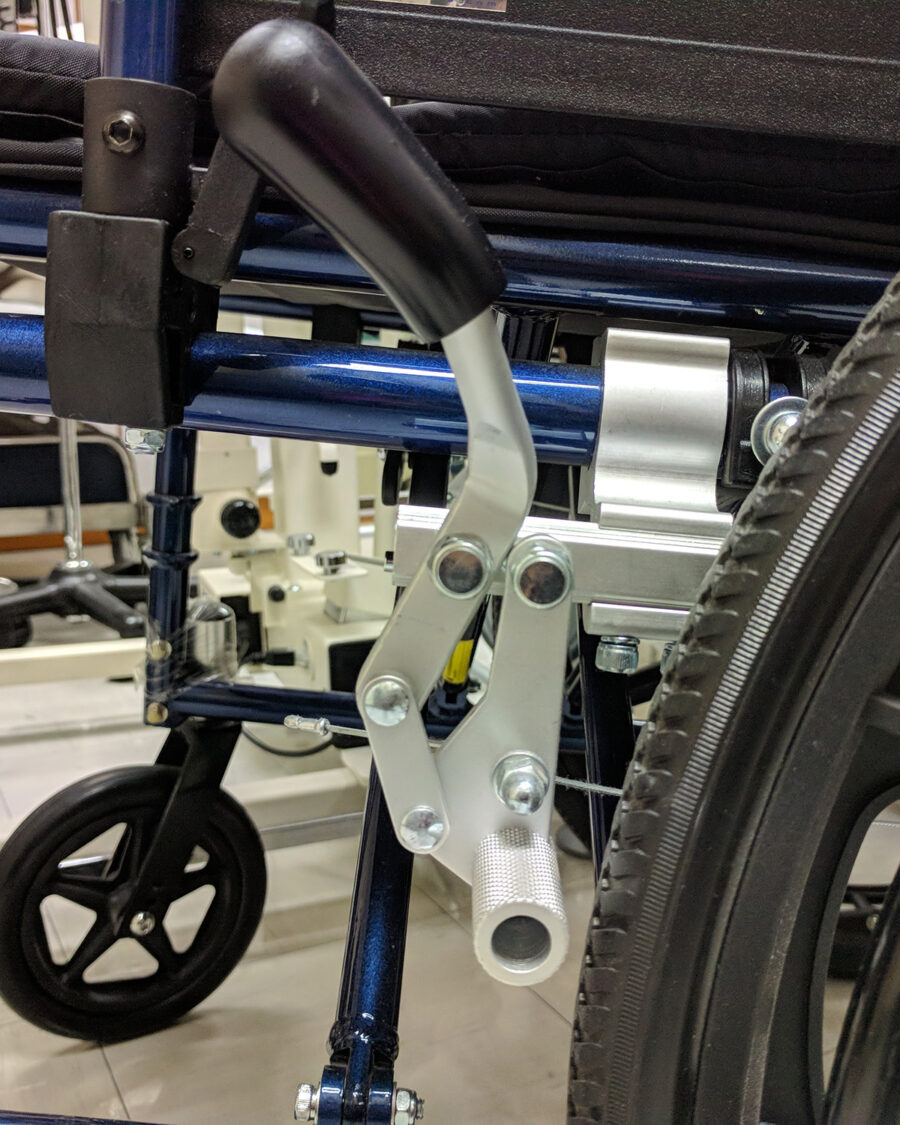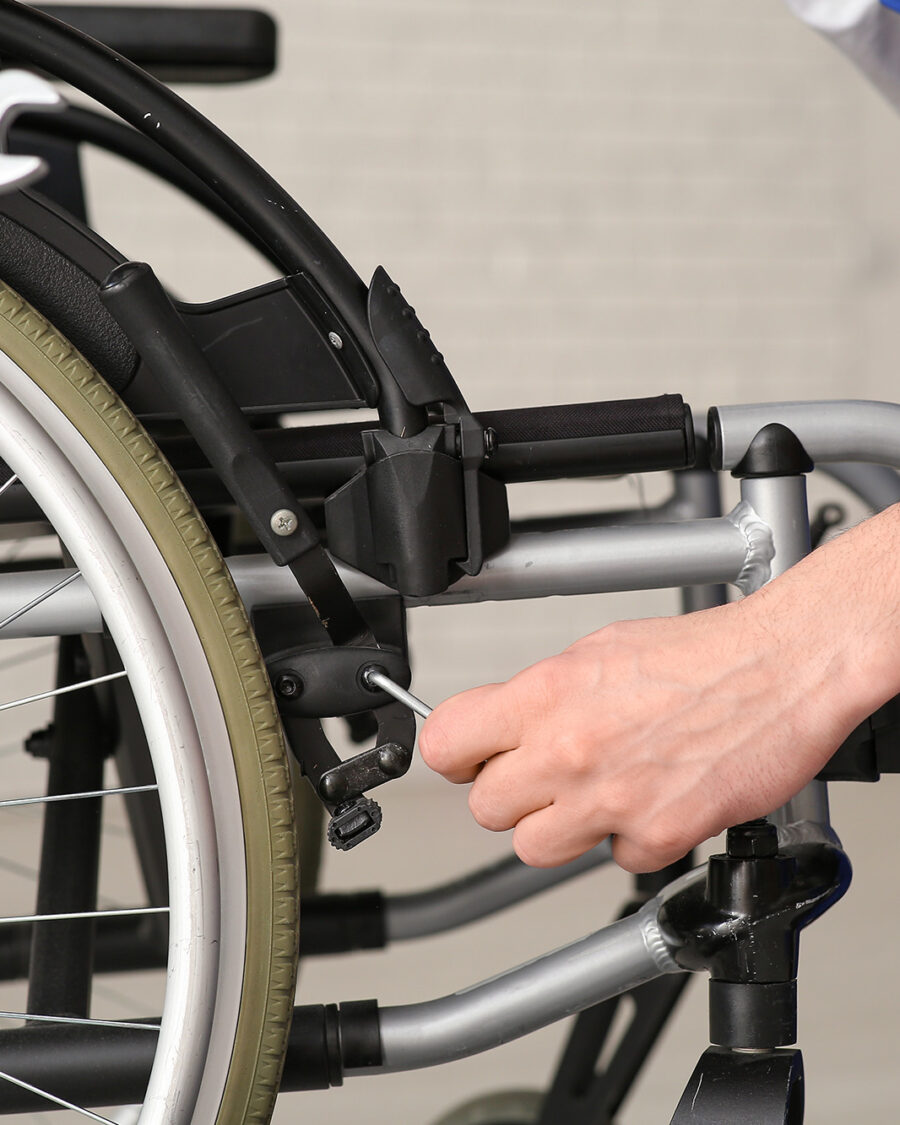Wheelchair Defect Recalls
Addressing Design and Manufacturing Flaws
Wheelchairs are essential tools that provide mobility and independence to many individuals with disabilities. When these devices suffer from defects in design or manufacturing, the consequences can be severe, leading to accidents and injuries. Recalls are a critical mechanism to address these defects and protect users. This article explores past wheelchair recalls, the importance of timely action to address defects, and what to do if your wheelchair is recalled but you haven’t been injured. More information about What to Do Is My Wheelchair Has Been Recalled.
Understanding Wheelchair Defects
Wheelchair defects can arise from both design flaws and manufacturing errors. These defects can compromise safety and functionality, potentially leading to accidents.
1. Design Flaws
Design flaws occur when the initial design of the wheelchair is inherently unsafe or inadequate. Common design issues include:
- Imbalanced Weight Distribution: Wheelchairs designed with improper weight distribution can tip over easily, especially on uneven surfaces.
- Faulty Braking Systems: Designs that fail to account for all possible stress points or user needs can result in brakes that fail or disengage unexpectedly.
- Defective Frame Construction: Poorly designed frames may lack the necessary strength or durability, leading to structural failures.
2. Manufacturing Errors
Manufacturing errors occur during the production process and can include:
- Material Defects: Using substandard materials can lead to parts that are weaker or more prone to failure.
- Assembly Issues: Errors during assembly can result in improperly fitted components, such as loose wheels or unstable frames.
- Inadequate Quality Control: Lack of rigorous quality control can allow defective wheelchairs to reach the market.
Historical Wheelchair Recalls
Recalls are issued when a manufacturer identifies a defect that poses a risk to users. Here are some notable examples of past wheelchair recalls:
1. Invacare Wheelchair Recall (2018)
Defect: Invacare issued a recall for certain models of their wheelchairs due to a defect in the caster forks, which could lead to sudden wheel lock-up or breakage.
Impact: The defect posed a significant risk of falls and injuries, prompting a recall to address the problem and prevent further incidents.
Action Taken: Invacare initiated a recall, offering repairs and replacements for affected models. The recall was critical in preventing additional injuries and ensuring user safety.
2. Sunrise Medical Recall (2016)
Defect: Sunrise Medical recalled several models of their power wheelchairs due to issues with the joystick control, which could lead to unintended movement or loss of control.
Impact: Users could experience sudden, uncontrollable movements, increasing the risk of accidents and injuries.
Action Taken: The recall involved a modification of the joystick control mechanism. Sunrise Medical provided free repairs and replacements to affected users.
3. Permobil Wheelchair Recall (2015)
Defect: Permobil recalled power wheelchairs due to a fault in the seat positioning system, which could lead to sudden seat adjustments or collapse.
Impact: The defect created a risk of falls and serious injuries, especially if the seat adjustment occurred unexpectedly.
Action Taken: Permobil addressed the defect by redesigning the seat positioning system and providing repairs to affected users.

The Importance of Timely Recalls
Timely recalls are essential for several reasons:
1. Preventing Further Injuries
When a defect is identified, delaying the recall can result in more injuries as users continue to use the defective product. Quick action can prevent accidents and safeguard users’ health.
2. Ensuring Manufacturer Accountability
Recalls force manufacturers to address defects promptly and take responsibility for their products. This accountability encourages better quality control and safer designs in the future.
3. Protecting Public Safety
Recalls help protect the broader public by removing dangerous products from the market and ensuring that only safe, reliable wheelchairs are available for use.
4. Encouraging Improvements
When manufacturers are required to recall defective products, it prompts them to improve their design and manufacturing processes, leading to higher safety standards across the industry.
What to Do If Your Wheelchair Is Recalled
If your wheelchair is recalled but you haven’t been injured, there are several steps you should take:
1. Check the Recall Notice
The first step is to carefully read the recall notice issued by the manufacturer. This notice will provide information about the defect, the specific models affected, and the steps to take for repairs or replacements.
2. Contact the Manufacturer
Reach out to the manufacturer or authorized dealer listed in the recall notice. They can provide instructions on how to proceed with obtaining repairs or a replacement. Click here for the contact information for the major wheelchair manufacturers.
3. Arrange for Repairs or Replacement
Follow the manufacturer’s instructions to have your wheelchair repaired or replaced. The manufacturer may provide a shipping label or arrange for a technician to visit you.
4. Inquire About a Loaner Chair
If your wheelchair is being repaired or replaced, inquire whether the manufacturer or dealer provides loaner chairs. Many companies offer temporary loaner wheelchairs to ensure you have mobility while your primary chair is being fixed.
5. Keep Documentation
Keep records of all communications with the manufacturer or dealer, including receipts for repairs and any correspondence regarding the recall. This documentation can be important if any issues arise during the recall process.

Legal Recourse and Compensation if Injured by Recalled Wheelchair
If you have been severely injured due to a defective wheelchair, legal action may be necessary. Here’s how you can pursue compensation:
1. File a Product Liability Claim
If a defective wheelchair caused you harm, you may be eligible to file a product liability claim. This claim can seek compensation for:
- Medical Expenses: Covering the costs of treatment and rehabilitation.
- Lost Wages: Compensation for income lost due to the injury.
- Pain and Suffering: Damages for physical and emotional distress caused by the injury.
2. Seek Punitive Damages
In cases of gross negligence or intentional misconduct by the manufacturer, punitive damages may be awarded. These damages aim to punish the manufacturer and deter similar conduct in the future.
3. Consult with a Lawyer
Consulting with a lawyer experienced in product liability and personal injury law is essential. They can help assess the viability of your claim, gather evidence, and represent you in legal proceedings.
Let Us Help you
Wheelchair defects, whether due to design flaws or manufacturing errors, can pose serious risks to users. Past recalls have demonstrated the critical role that timely action plays in preventing injuries and ensuring user safety. By addressing defects promptly, manufacturers can protect users and improve safety standards across the industry. For those whose wheelchairs are recalled, it’s important to follow the manufacturer’s instructions and inquire about loaner options to ensure continued mobility. If injuries have occurred, pursuing legal recourse can provide necessary compensation and hold manufacturers accountable for their negligence.